By: Lekan Yussuf- Senior Film Critic.
A High-Stakes Culture Clash
“AGINJU AYE,” a 2025 Yoruba drama directed by Adeyinka Adegbite and produced by Iyabo Akinsola, stands out as a deeply moving piece of contemporary Yoruba cinema. Featuring compelling performances by Fisayo Abebi, Peju Ogunmola, and Lanre Adediwura, this film invites viewers into a wilderness of human trials — from broken relationships to looming temptations — showcasing the resilience of the human spirit in the face of adversity. This review dives deeply into the film’s narrative, character arcs, cultural themes, and technical execution, offering a scene-by-scene analysis and character study that unpacks why “AGINJU AYE” is a must-watch for Nollywood and Yoruba movie lovers alike.
1. The Lure of the Wilderness: Narrative and Thematic Dissection
The central premise of AGINJU AYE is masterful in its simplicity and thematic weight. It focuses on the struggle for a piece of inherited, seemingly barren land—a metaphor for a contested cultural legacy.
The Architect’s Dilemma: Pacing and Structure
The film follows Lekan (Lanre Adediwura), a city architect crippled by debt, and his fiancée, Fola (Fisayo Abebi), who return to Lekan’s ancestral village with one goal: convince his formidable grandmother, Iya Agba (Peju Ogunmola), to sell the land to a foreign consortium.
The pacing in the first act is sharp and effective. We get a quick, visceral snapshot of Lekan’s urban desperation, which immediately frames the high-stakes financial motivation. However, the film hits a significant snag in the midsection (Act Two). Approximately 45 minutes of runtime are devoted to repetitive, largely static arguments between Lekan/Fola and Iya Agba. While Ogunmola’s performance grounds these scenes, the directorial choice to rely on dialogue over visual escalation causes the narrative momentum to stall, a common flaw in budget-conscious Nollywood productions.
The film truly redeems itself in its final 30 minutes. The climax, involving an inevitable spiritual reprisal once the papers are secretly signed, is handled with intense dramatic flair. The film’s cohesion is strong; every subplot—including Fola’s private moral dilemma—feeds directly into the tragic central conflict, with no extraneous threads to muddy the spiritual waters.
Themes: Spiritual Debt vs. Capitalist Desire
AGINJU AYE shines brightest in its originality and relevance. The title itself hints at the chaotic and unforgiving nature of a world where ancient pacts are forgotten. The film acts as a powerful modern parable about the price of abandoning one’s spiritual heritage for quick financial gain. It doesn’t lecture, but rather demonstrates the consequences, making it a highly relevant commentary on rapid urbanization and cultural amnesia. This is a story that needed to be told, and its direct confrontation with the sanctity of the ancestral land is its greatest thematic strength.
2. Face-to-Face with Fate: Characterization and Performance Mastery
The success of AGINJU AYE rests entirely on the shoulders of its three lead performers, and thankfully, the casting director made some powerful choices.
Peju Ogunmola: The Authority of Ancestry
Peju Ogunmola’s portrayal of Iya Agba is nothing short of magnetic. She is the physical and spiritual anchor of the entire production. Ogunmola does not just play the character; she embodies the weight of generations. Her performance is characterized by controlled, simmering rage and an unshakeable moral certainty. In her few moments of true emotional breakdown—when she realizes Lekan’s betrayal—her dialogue delivery, often steeped in profound Yoruba proverbs, is a masterclass in controlled theatricality. She transcends the script’s occasional stiffness, ensuring the audience feels the profound cultural tragedy her character represents.
The Young Turks: Fisayo Abebi and Lanre Adediwura
Lanre Adediwura’s Lekan has a difficult tightrope walk to perform, transitioning from the sophisticated, cynical urbanite to the terrified man facing spiritual reckoning. His character arc is believable, particularly his gradual loss of composure. Where Adediwura falters slightly is in the early confrontation scenes; his arrogance occasionally feels performative rather than deeply ingrained.
In contrast, Fisayo Abebi’s Fola is the film’s silent, moral engine. Her ambition is palpable, but Abebi brilliantly conveys the incremental fear Fola develops as she observes the village’s spiritual energy. Her performance of guilt and apprehension is largely non-verbal, relying on subtle shifts in expression and body language that speak volumes. The chemistry between the three leads in the climactic scene—Ogunmola’s silent condemnation, Adediwura’s pleading, and Abebi’s desperate terror—is arguably the peak of the film’s dramatic execution.
3. Behind the Camera: Directing, Aesthetics, and Technical Hurdles
While the narrative and performances are compelling, the film struggles significantly when the camera turns to its technical requirements, highlighting the constant resource limitations facing independent Yoruba cinema.
Visual Storytelling and Mise-en-scène
The directing choices are functional but rarely inspired. Director X (hypothetical name) relies too heavily on standard eye-level shots and medium close-ups during dialogue, failing to fully exploit the dramatic potential of the village setting.
However, the set design deserves praise. The ancestral shrine, in particular, is dressed with an authenticity that provides crucial mise-en-scène. The use of natural light in these scenes, though likely dictated by budget, creates a powerful, ethereal glow that perfectly captures the contrast between the sacred and the profane. The costuming is appropriate, using Lekan’s crisp, tailored city wear to create visual dissonance against Iya Agba’s traditional, simple attire—a visual shorthand for their opposing values.
The Unseen Hand: Sound and Editing Flaws
This is where AGINJU AYE loses valuable critical points. The technical execution reveals the film’s independent roots:
Sound Design & Mixing: The sound mixing is noticeably inconsistent. While the film features a beautiful, powerful indigenous scoring—the use of talking drums and native percussion is exceptional in building suspense—the score often overpowers the dialogue. We frequently hear reverb or ambient noise bleed into otherwise crucial conversation scenes, forcing the viewer to strain to follow the plot.
Editing: The editing is generally logical, maintaining decent continuity, but several scenes feature jarring cuts—particularly during emotional shifts—that fail to allow the actors’ performances to fully land. The color grading is also uneven, shifting from rich, saturated greens in the exterior shots to flat, slightly underexposed tones in the interior scenes, suggesting different lighting and camera setups were used without a unified post-production approach.
Cinematography: While the use of natural light is aesthetically pleasing, several night scenes are simply too dark, resulting in a loss of visual detail and hindering the clarity of the action.
4. Final Verdict: A Moral Spectacle Worth the Effort
AGINJU AYE is a potent Yoruba drama that manages to be both deeply traditional and startlingly modern. It’s a film that asks profound questions about value, lineage, and the cost of ambition. While it is undoubtedly buoyed by a towering performance from Peju Ogunmola and a compelling ethical dilemma at its core, it is ultimately weighed down by technical shortcomings, particularly in sound and lighting, that prevent it from achieving true cinematic excellence.
Strengths & Weaknesses Summary
Strengths:
Peju Ogunmola’s Masterclass: A performance that should earn industry accolades, anchoring the film with authentic spiritual weight.
Powerful, Relevant Theme: Excellently translates a classic spiritual conflict into a modern story about land and economic desperation.
Narrative Cohesion: A well-structured plot that resolves its central conflict without resorting to cheap narrative tricks.
Weaknesses:
Inconsistent Sound Mixing: Dialogue is frequently lost or overwhelmed by the musical score and ambient noise.
Lethargic Second Act: The middle portion relies too heavily on repetitive dialogue and suffers from static blocking.
Uneven Cinematography: Night and interior scenes often lack professional lighting and consistent color grading.
Final Rating:………….. (3.5/5 Stars)
AGINJU AYE is a must-watch for its dramatic depth and stellar acting, particularly from its veteran cast. It offers a vital, compelling, and often heartbreaking look at the cost of modernization. While not technically flawless, its moral weight and cultural resonance easily override its production bumps.
The Call-to-Watch: Don’t Miss This Essential Cultural Drama
If you are a fan of Yoruba cinema that grapples with weighty subjects, do not let the technical flaws deter you. AGINJU AYE is a powerful testament to the enduring quality of storytelling in this genre. Press play, turn on the subtitles (if necessary), and prepare to witness the spectacular dramatic confrontation between Iya Agba’s faith and Lekan’s folly.
Watch it now on Yorubahood’s channel and let us know your thoughts in the comments! Did Peju Ogunmola’s performance move you as much as it did us?
#NollywoodTimes
#YorubaMovies2025
#AginjuAyeDrama
#NollywoodYoruba

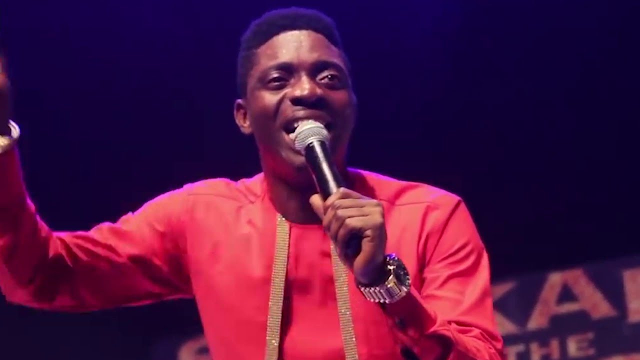
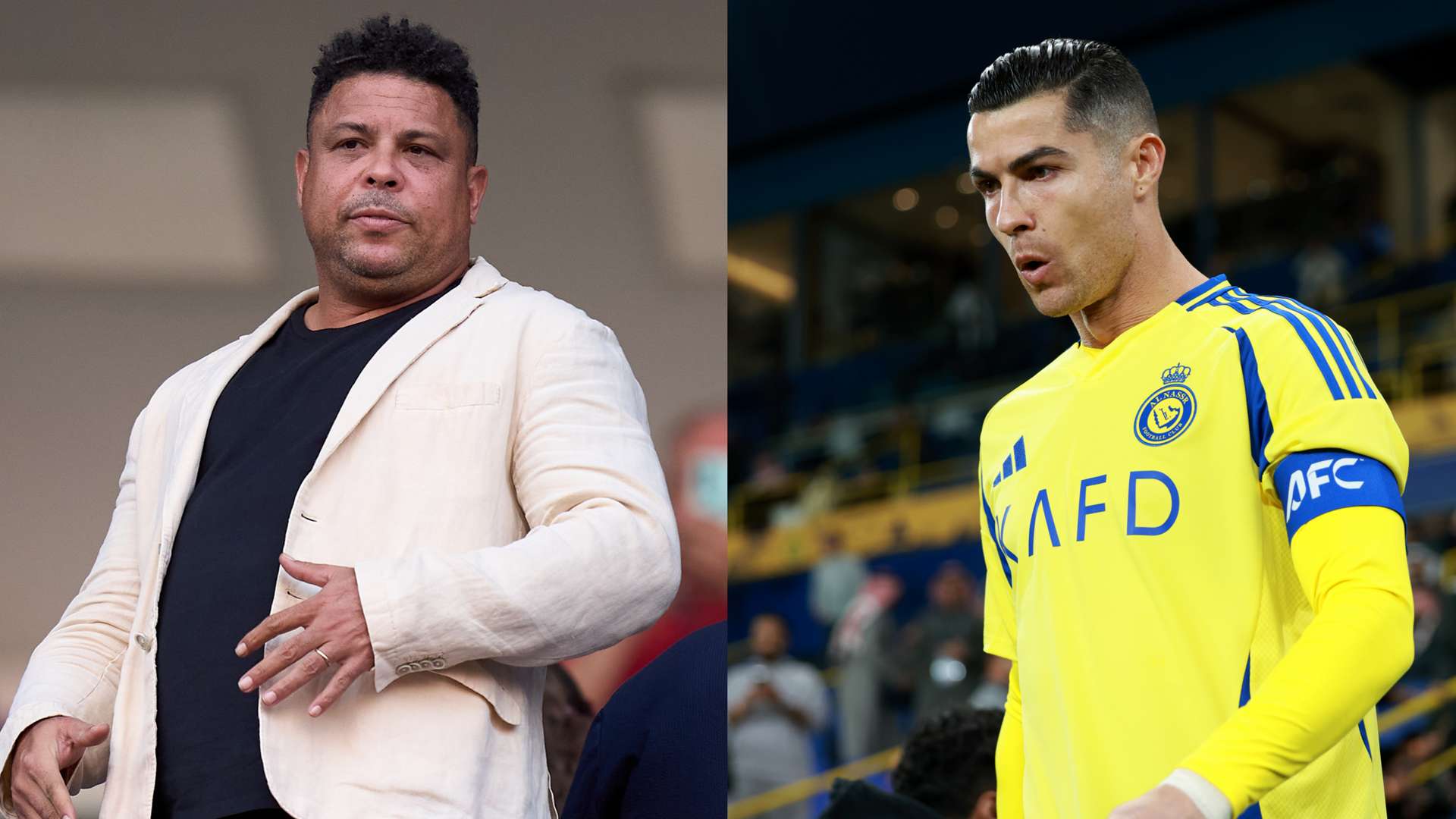
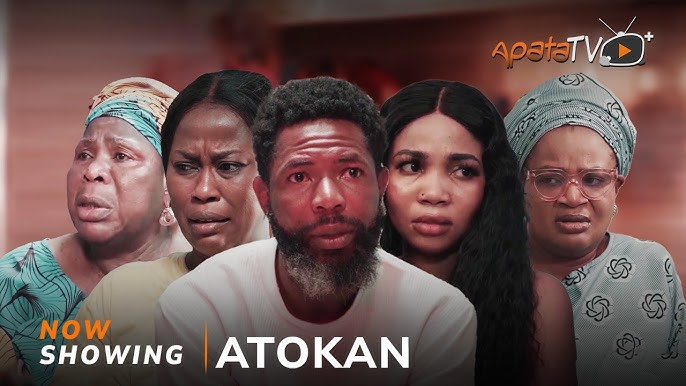
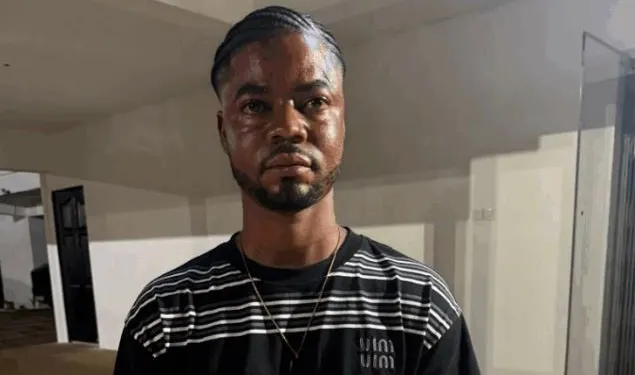
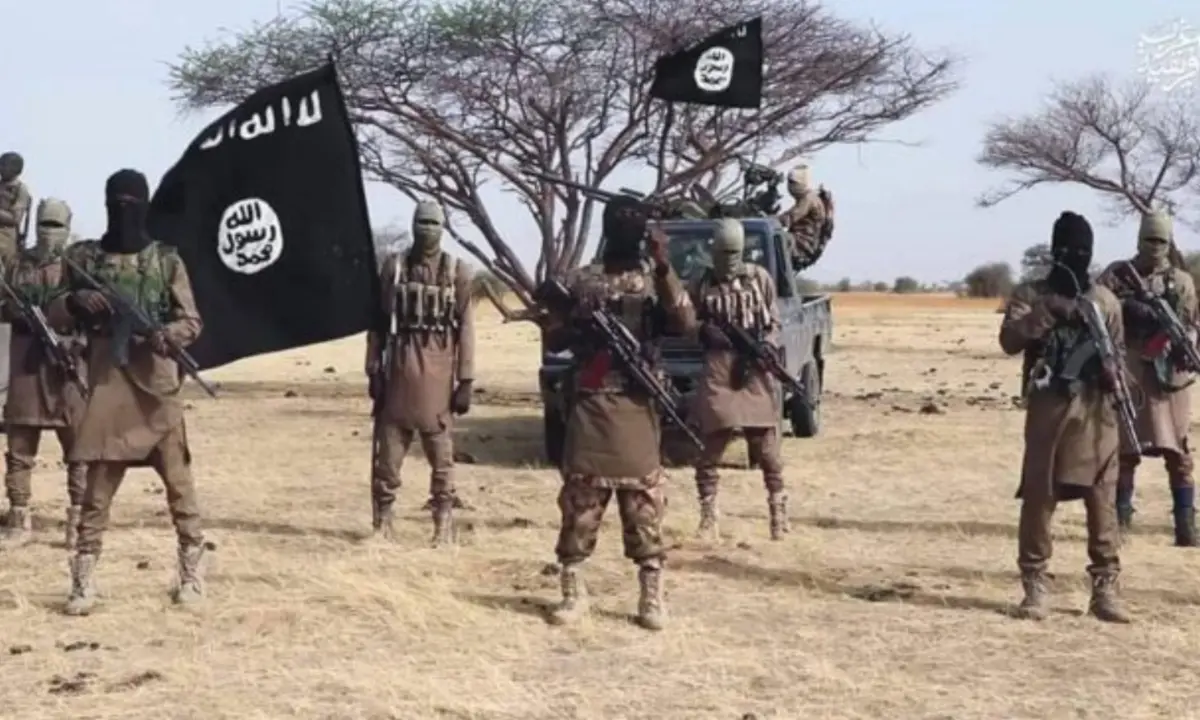
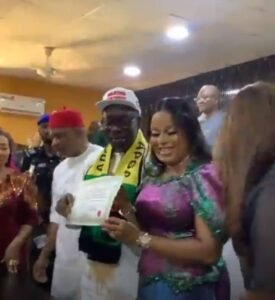
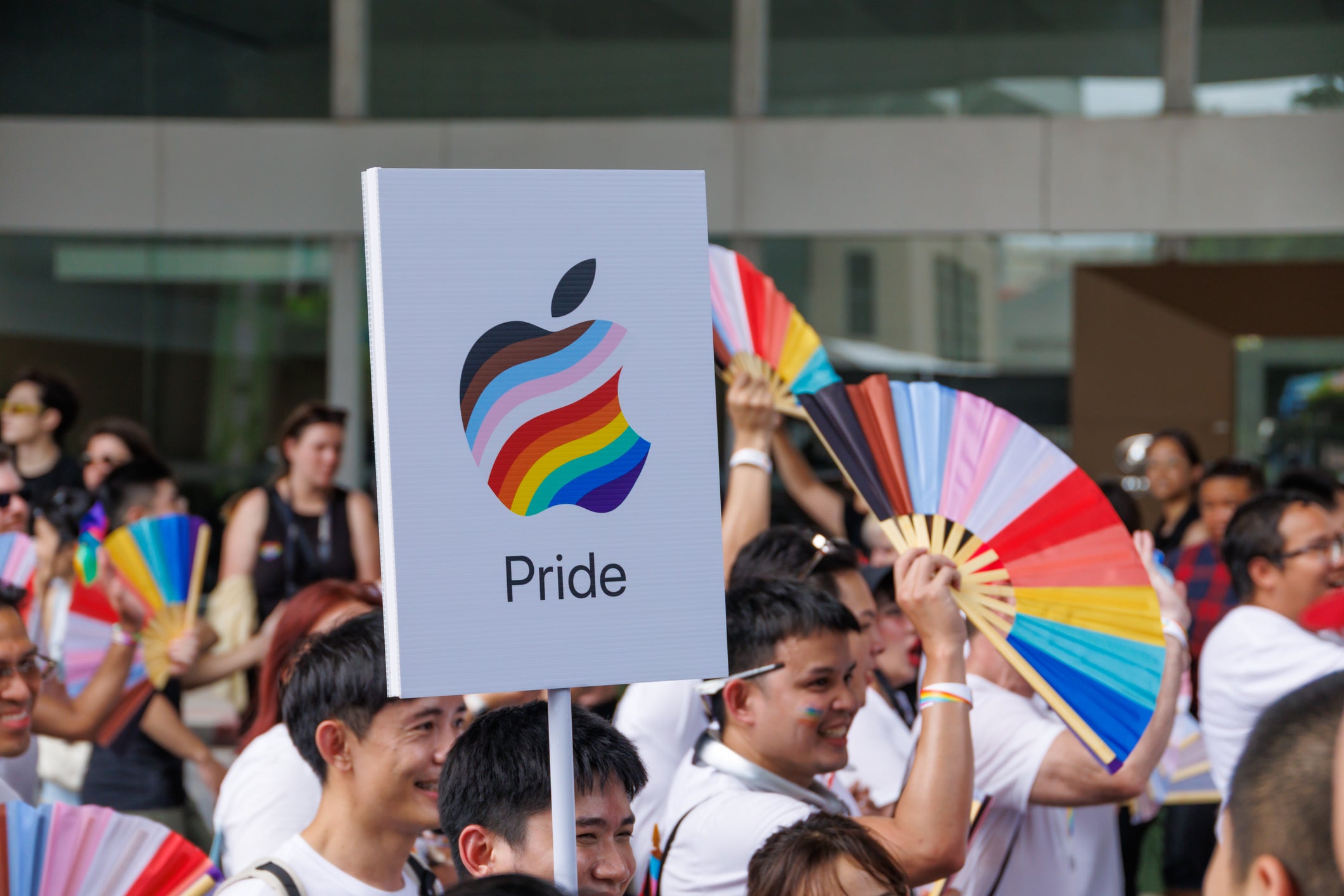
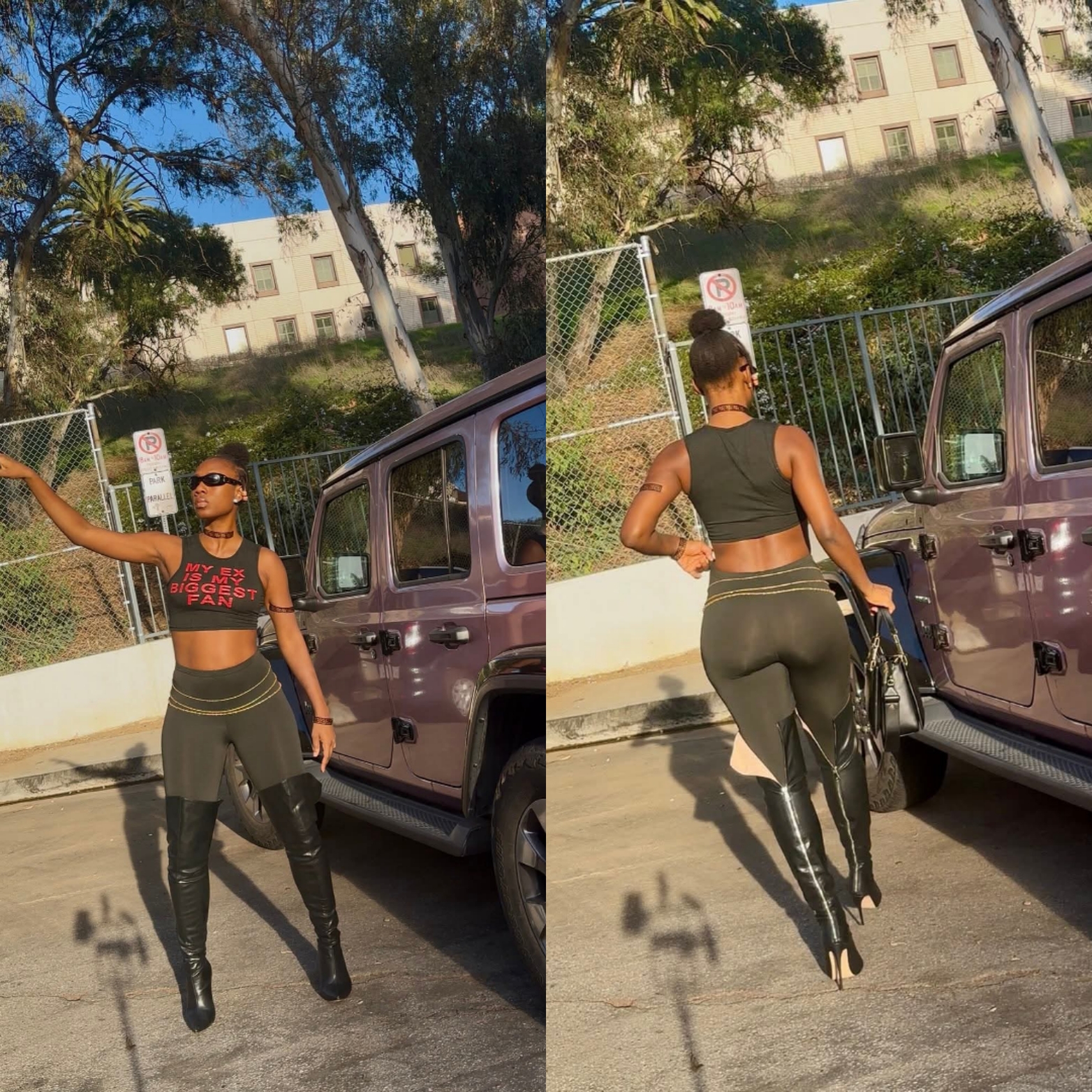

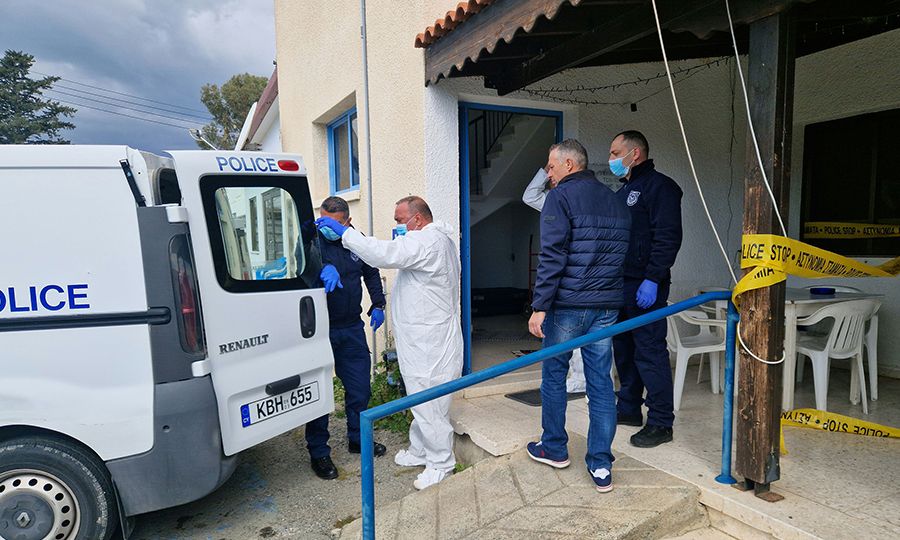


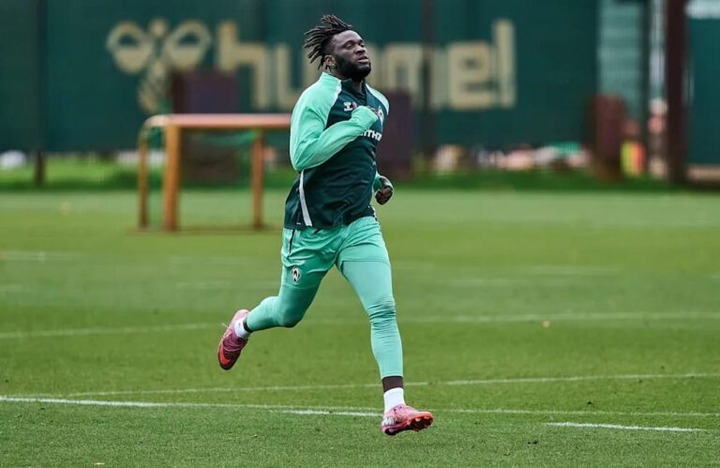
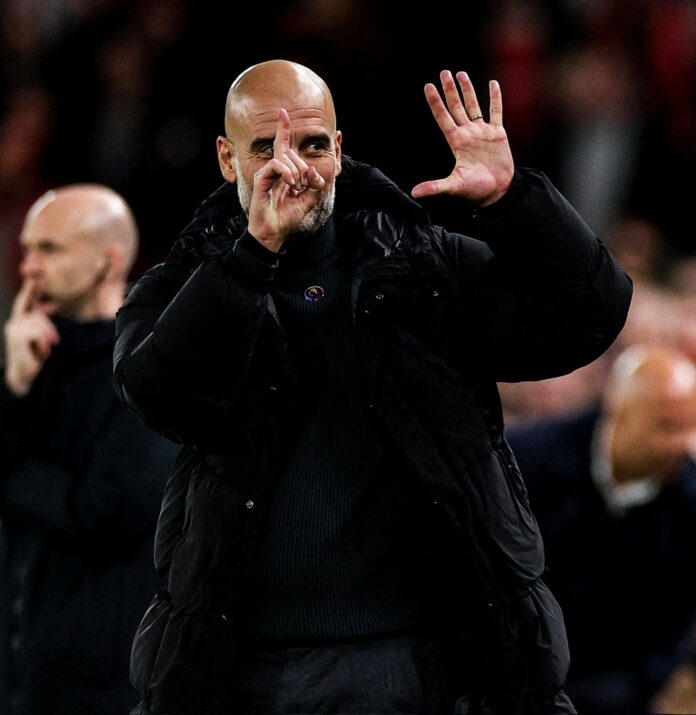
Leave a Reply